Covering more than 3.8 million square miles, including thousands of miles of coastland, gorgeous mountains, vast farmlands, and thousands upon thousands of miles of rivers, the United States is unquestionably one of the most naturally diverse nations on Earth.
However, these beautiful natural landscapes also mean that the US is highly susceptible to the adverse side effects of climate change. And scientists have recently found yet another concerning result of the changing climate in the US: One important river has been infected with mercury, and they say millions of lives are at stake if the “bomb” goes off.
Scientists Found a Troubling Amount of Mercury in the Yukon River
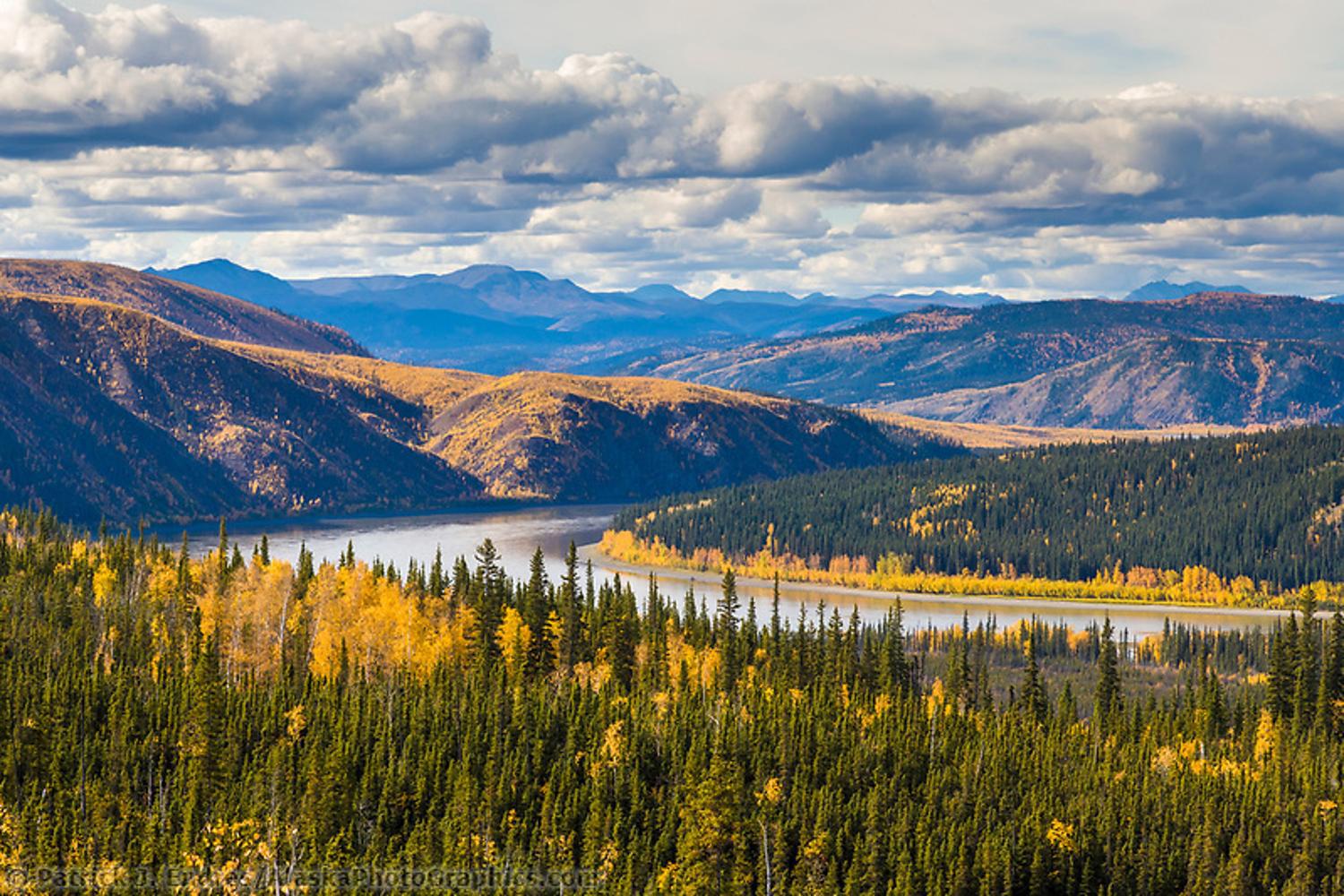
A recent study conducted by researchers from the USC Dornsife College of Letters Arts and Scientists found a troubling amount of mercury within the great Yukon River.
Their research, which used a new and improved method for accurately measuring mercury levels, is deeply concerning as it shows not only an overwhelming amount of mercury right now but also the potential for far more in the near future.
Understanding the Dangers of Mercury
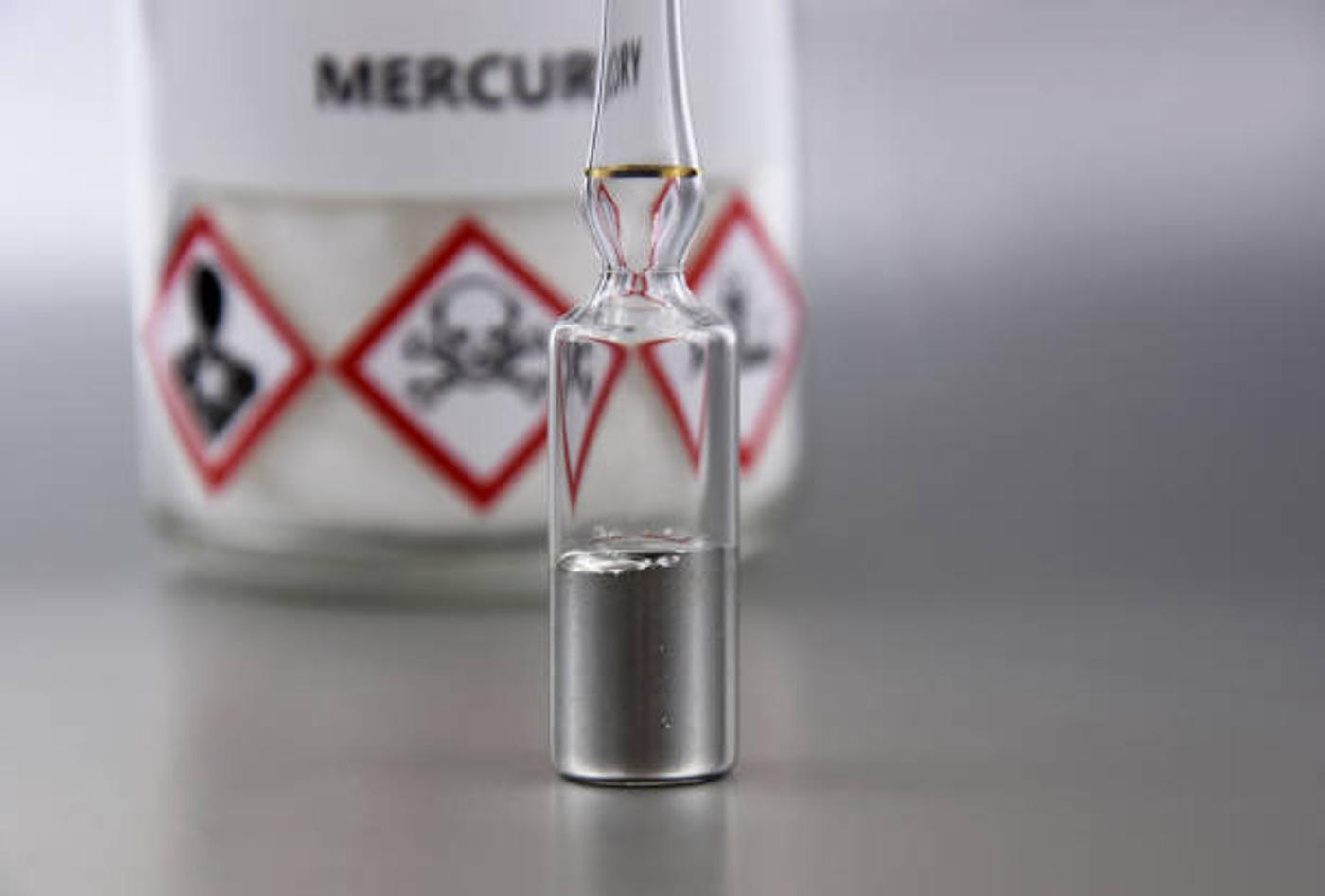
Before we discuss what the researchers found in the Yukon River and why they believe this situation will soon become a real problem, it’s first crucial to understand what mercury is and why it’s so dangerous.
Mercury is a naturally occurring chemical element found in the Earth’s crust. However, the inhalation of mercury can be extremely harmful to humans, affecting the nervous, digestive, and immune systems, lungs, and kidneys.
Mercury Can Be Ingested Through Fish, Water, and Air
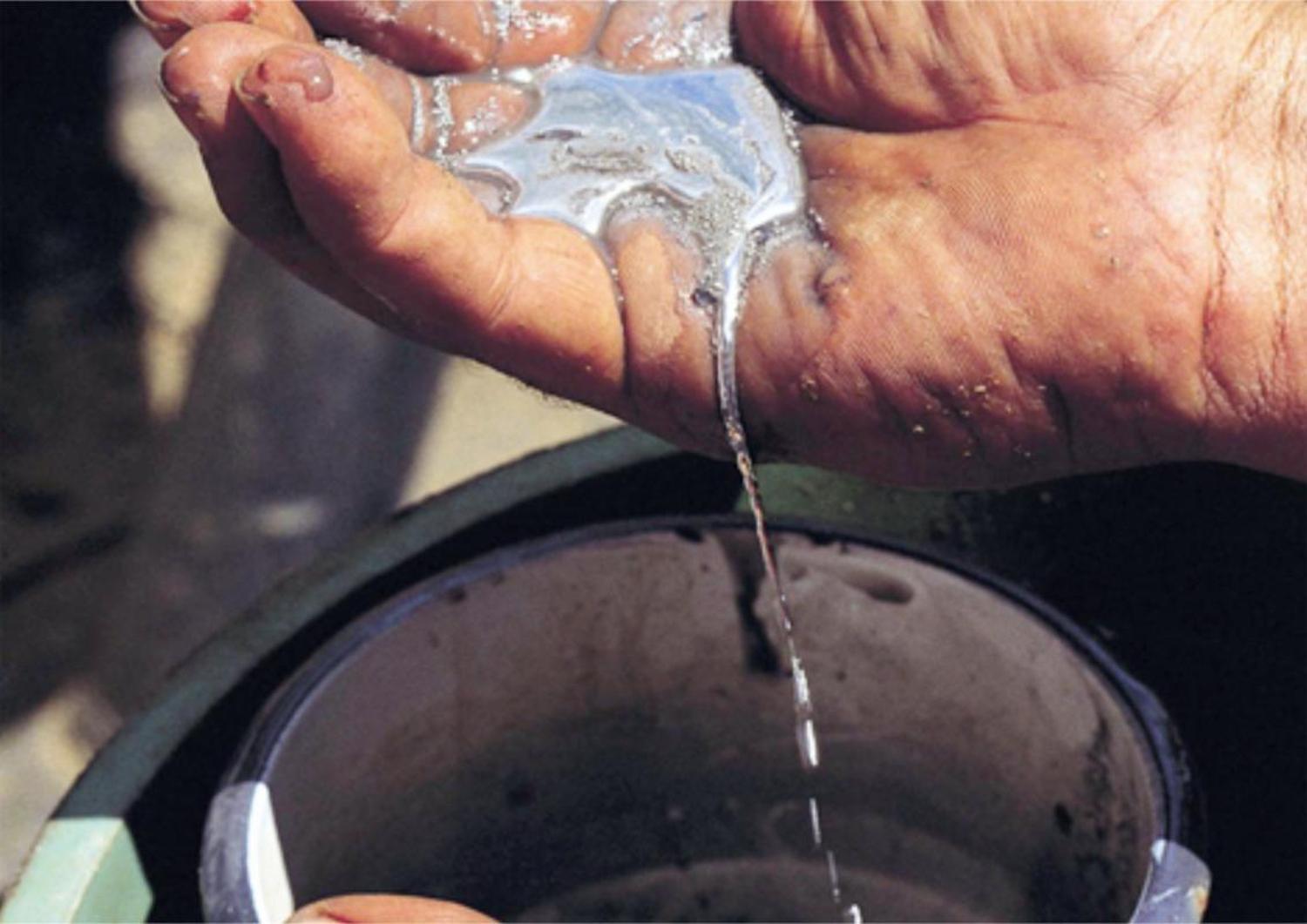
Humans can accidentally ingest or consume mercury by drinking water, eating seafood, and even breathing air around an area rich with the dangerous element.
Mercury poisoning typically happens over extended periods of time. However, as the amount of mercury in our water and air increases, the adverse side effects can and will be seen far more quickly.
How Does the Earth Naturally Protect Organisms From Mercury?

Many people don’t realize just how well our planet naturally functions and protects its living organisms.
The Earth’s natural atmospheric circulation funnels pollutants, including mercury, toward higher latitudes to ensure they don’t poison plants and animals all over the planet.
Arctic Plants Naturally Absorb Mercury
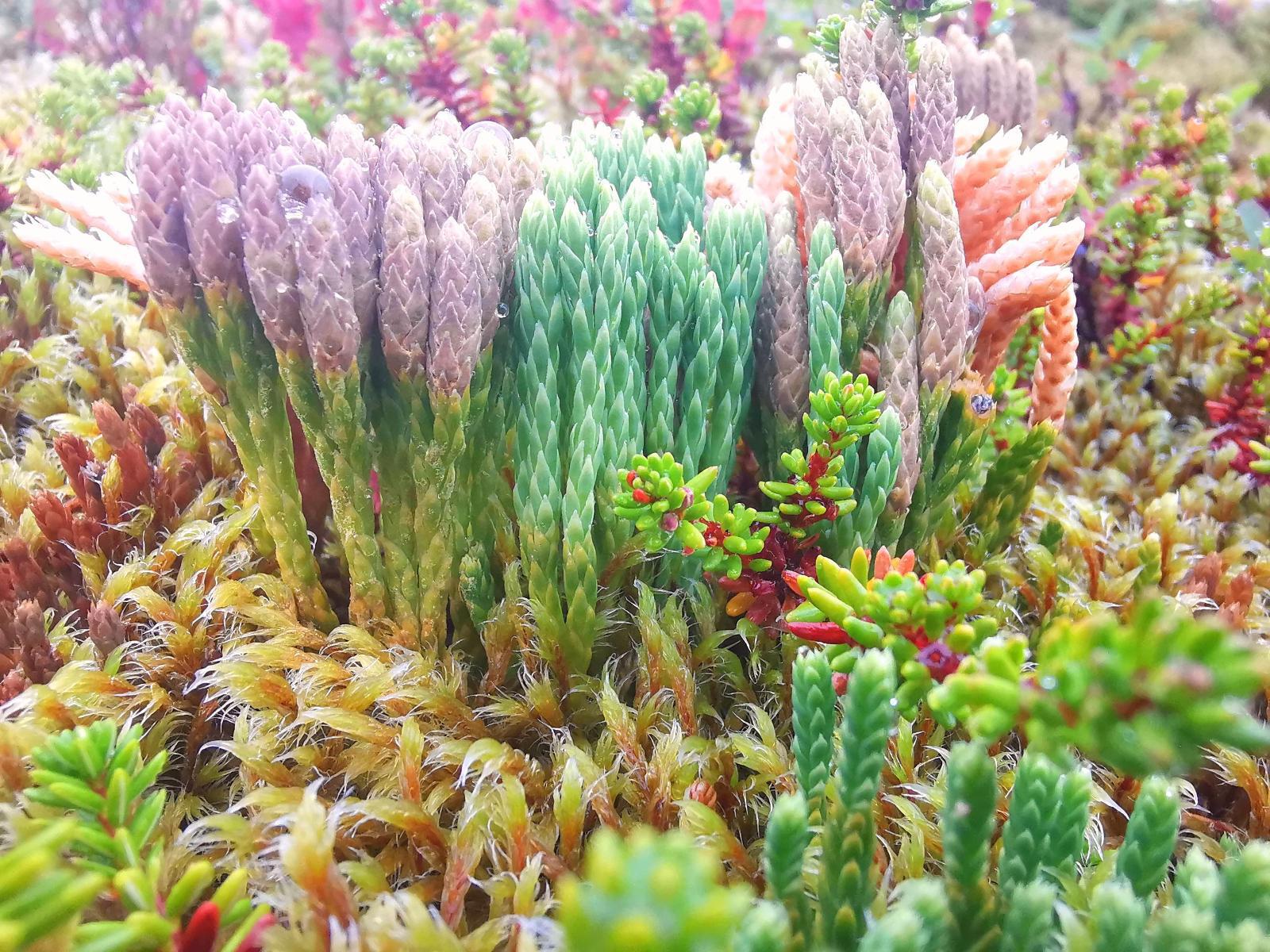
Although mercury is poisonous to most plants and animals, the plants in the Arctic naturally absorb it and release it back into the soil when they eventually die and decay.
Then, the now mercury-filled soil is frozen into a permafrost to protect the rest of the world. Theoretically, it’s a fantastic system, but only if the ecosystem functions as it should.
The Arctic Is Quickly Melting
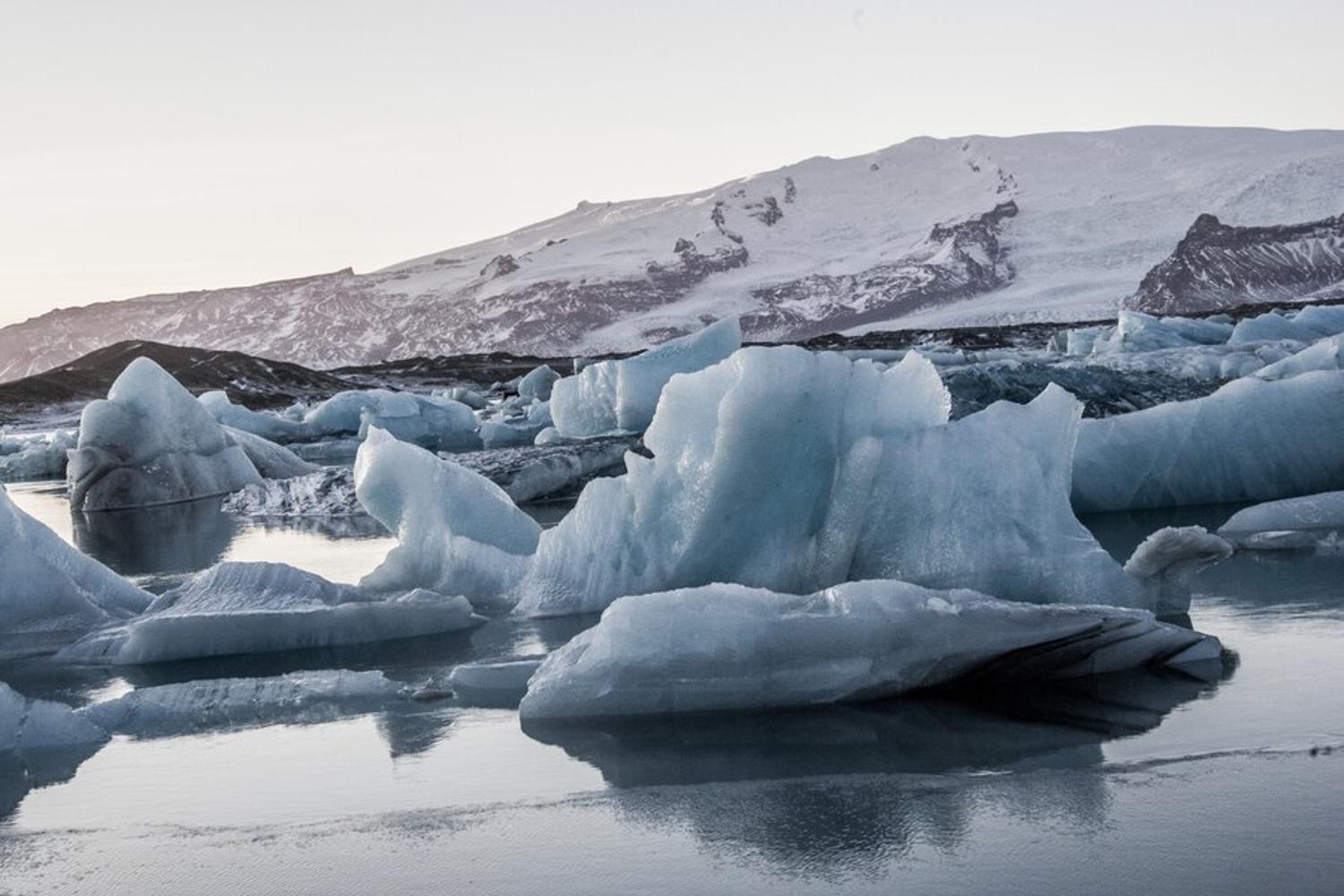
However, as we all know, the thousands of miles of Arctic ice are beginning to melt at a wildly dangerous rate.
With the excessive amount of mercury in the Arctic, many experts worry that the drastic melting of the miles upon miles of ice will release an unbelievable and exceptionally hazardous amount of mercury into the world’s water supply.
Elevated Mercury Levels in the Arctic
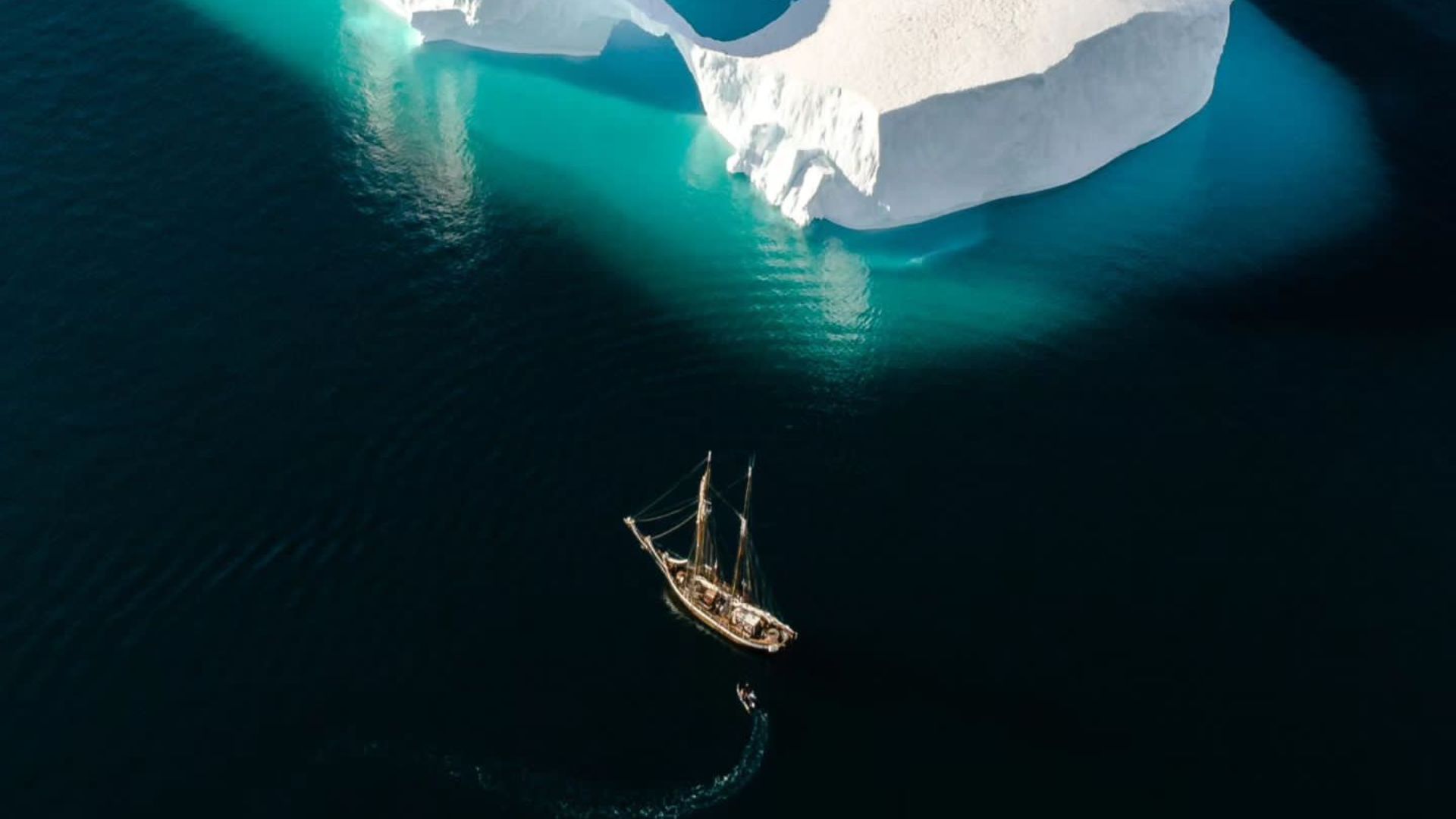
Experts have already evaluated mercury levels in the Arctic as being above normal, despite the absence of typical mercury-producing sources in these areas.
One belief suggests that mercury transforms into a reactive gaseous species, which then deposits locally. NOAA states that while this species has never been measured in the Arctic, confirming methylmercury (MeHg) at other Arctic sites is necessary.
Atmospheric Mercury and Arctic Ecosystems

Natural air currents pick up atmospheric mercury and push it toward the Arctic, “where it is absorbed by plants, which then deposit the toxin in the soil,” according to Yale Environment 360.
“Over centuries, mercury has built up in the frozen ground, such that today, Arctic permafrost may hold more mercury than the atmosphere, the oceans, and every living organism combined.”
A Mercury Bomb Is Waiting in the Ice
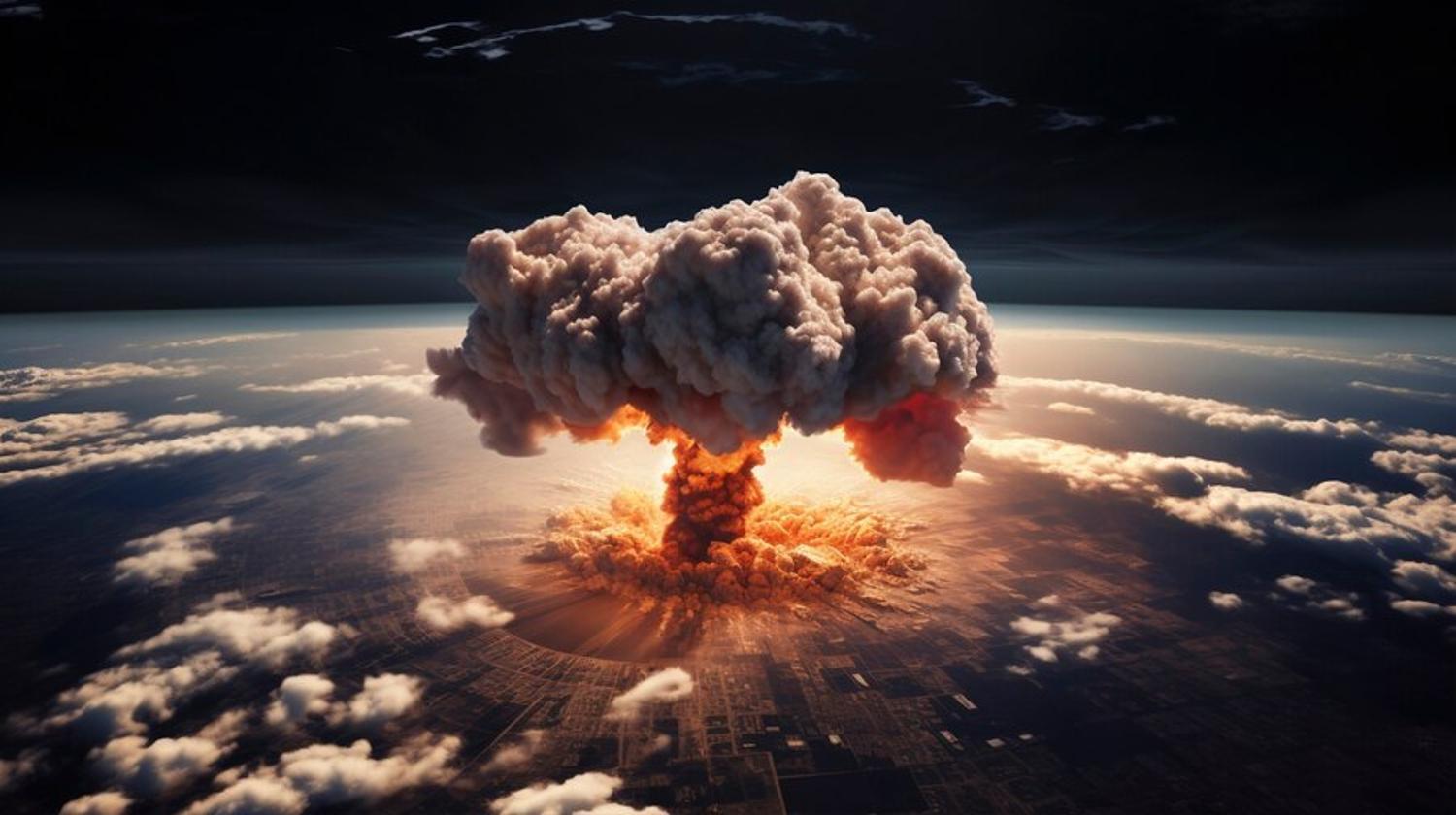
As the study’s co-author, John West, a professor of earth sciences at USC Dornsife, explained, “Permafrost has accumulated so much mercury that it could dwarf the amount in the oceans, soils, atmosphere, and biosphere combined.”
West explained that he and his colleagues believe “there could be this giant mercury bomb in the Arctic waiting to explode.”
Human Activity and the Threat to Permafrost

Largely due to human activity and industrialization, the mercury content in the Arctic has increased over the last 500 years.
While permafrost covers 25% of the Arctic, certain areas are at risk of the permafrost vanishing in the next few decades.
The Hidden Risk of Permafrost

Scientists also discovered that finer grains contained higher levels of mercury compared to coarser grains, indicating that certain soil types may carry greater risks.
“Considering all of these factors should give us a more accurate estimate of the total mercury that could be released as permafrost melts over the next few decades,” Smith says.
The Impact of Melting Permafrost
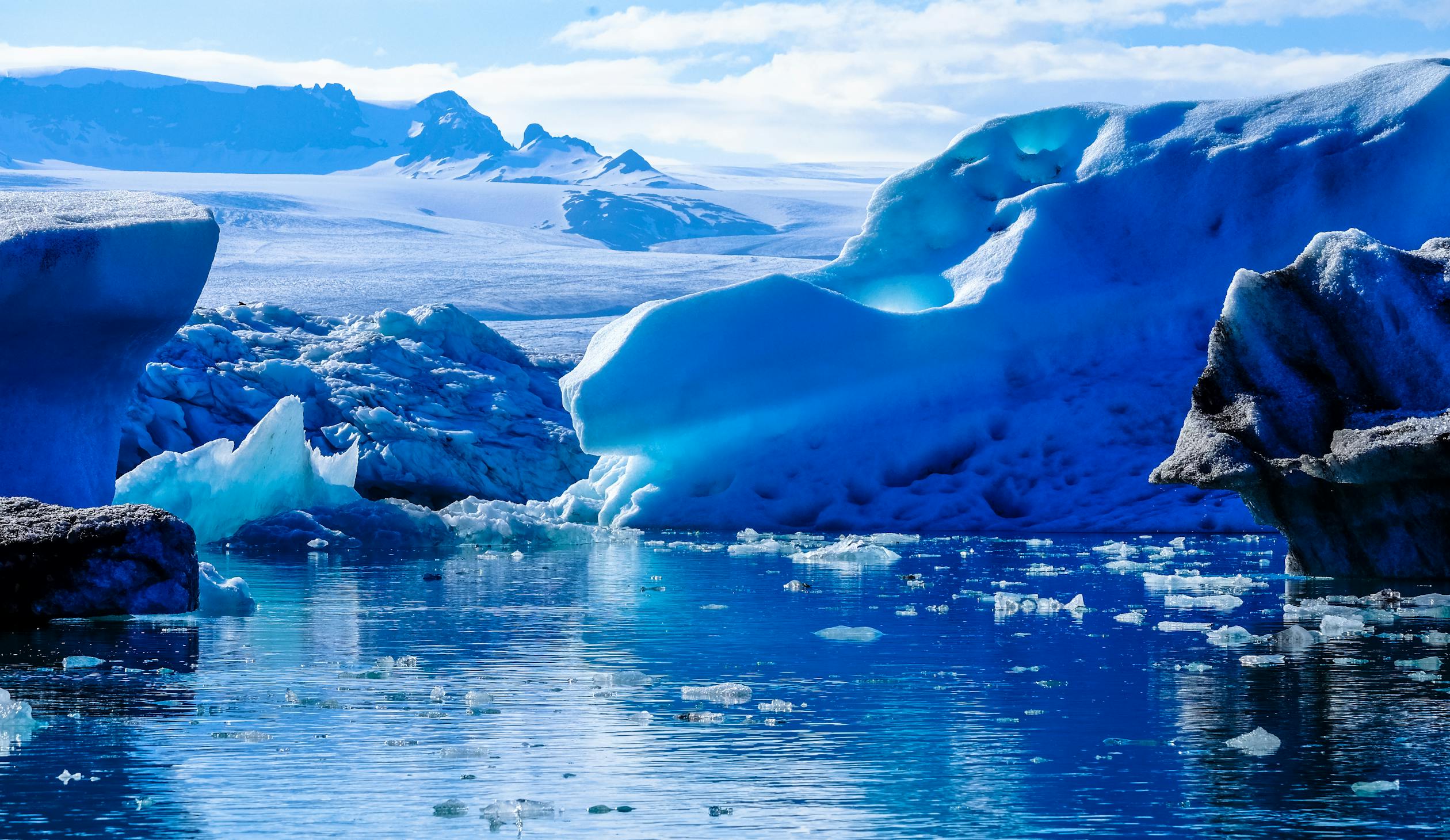
As permafrost melts, the mercury must go somewhere. West believes that the complexity of mercury sequestration will lead to the element being rebury itself in rivers.
To understand the threat, scientists are working to comprehend how erosion and the reburial process will affect the most vital rivers in the world.
The ‘Mercury Bomb’ Will First Affect Alaska’s Yukon Basin
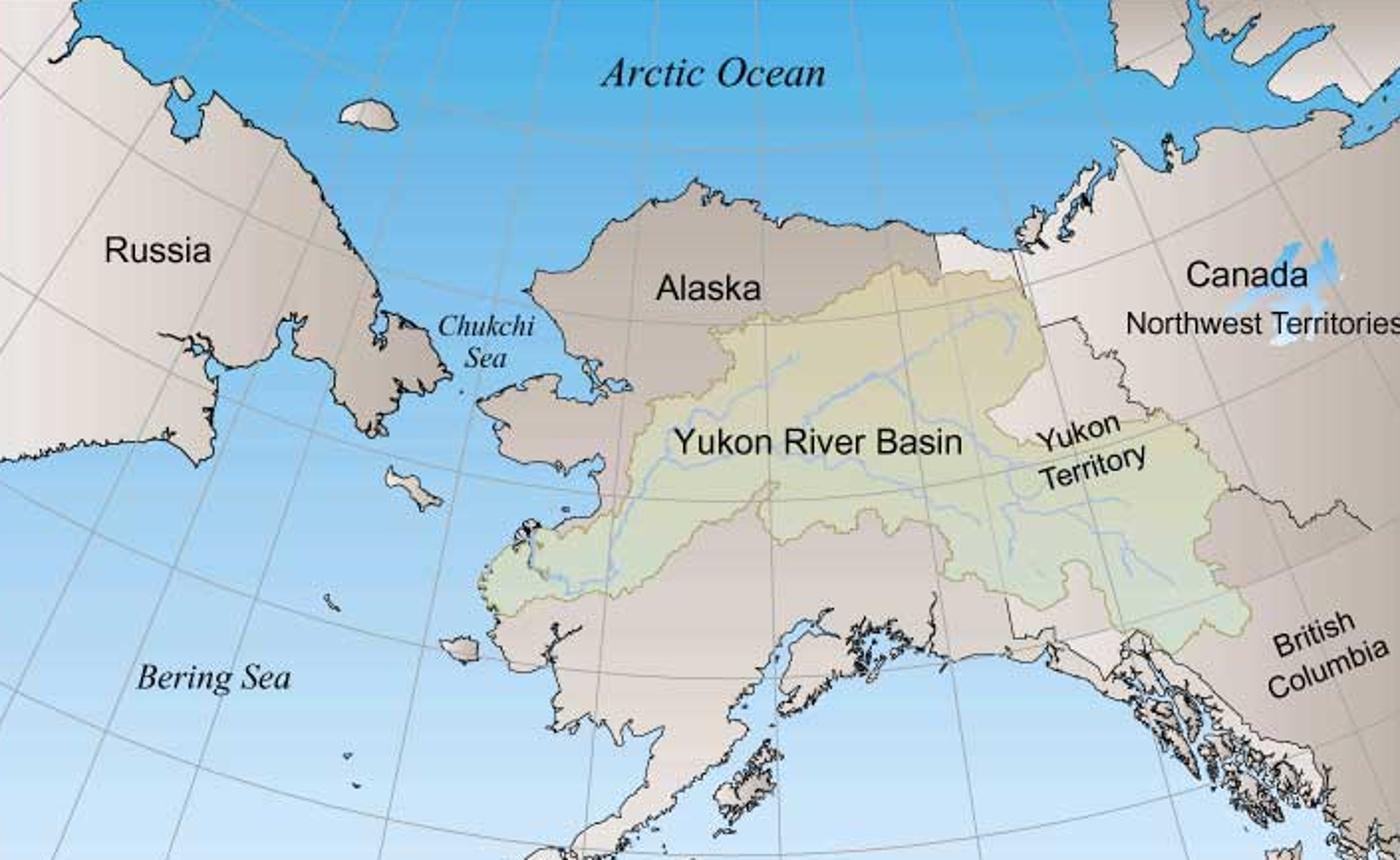
The researchers focused their study on the Alaska Yukon River Basin, which is the first stop for recently melted Arctic ice.
They noted that there was a significantly higher amount of mercury in the water and sediment in small towns along the river, which is certainly concerning for the millions of people living in the area.
Scientists Have Found a Concerning Amount of Mercury Already
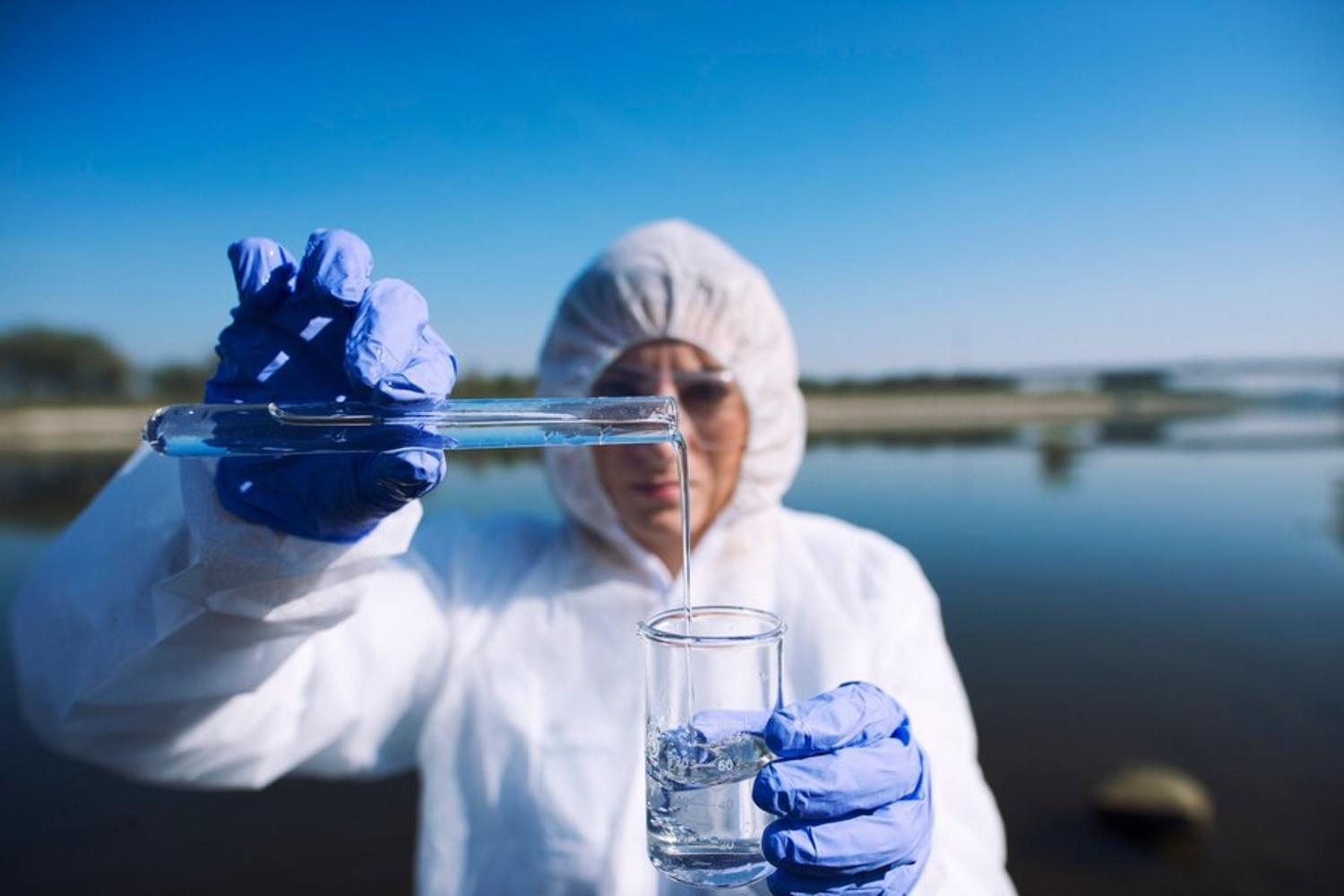
The amount of mercury the scientists found in the Yukon River is already cause for concern; however, the real problem is that as the ice melts, it will continuously and eventually drastically increase.
Therefore, these scientists argue that an almost constant study must be underway to carefully watch the mercury levels in the Yukon Basin.
Understanding Mercury Levels in Rivers
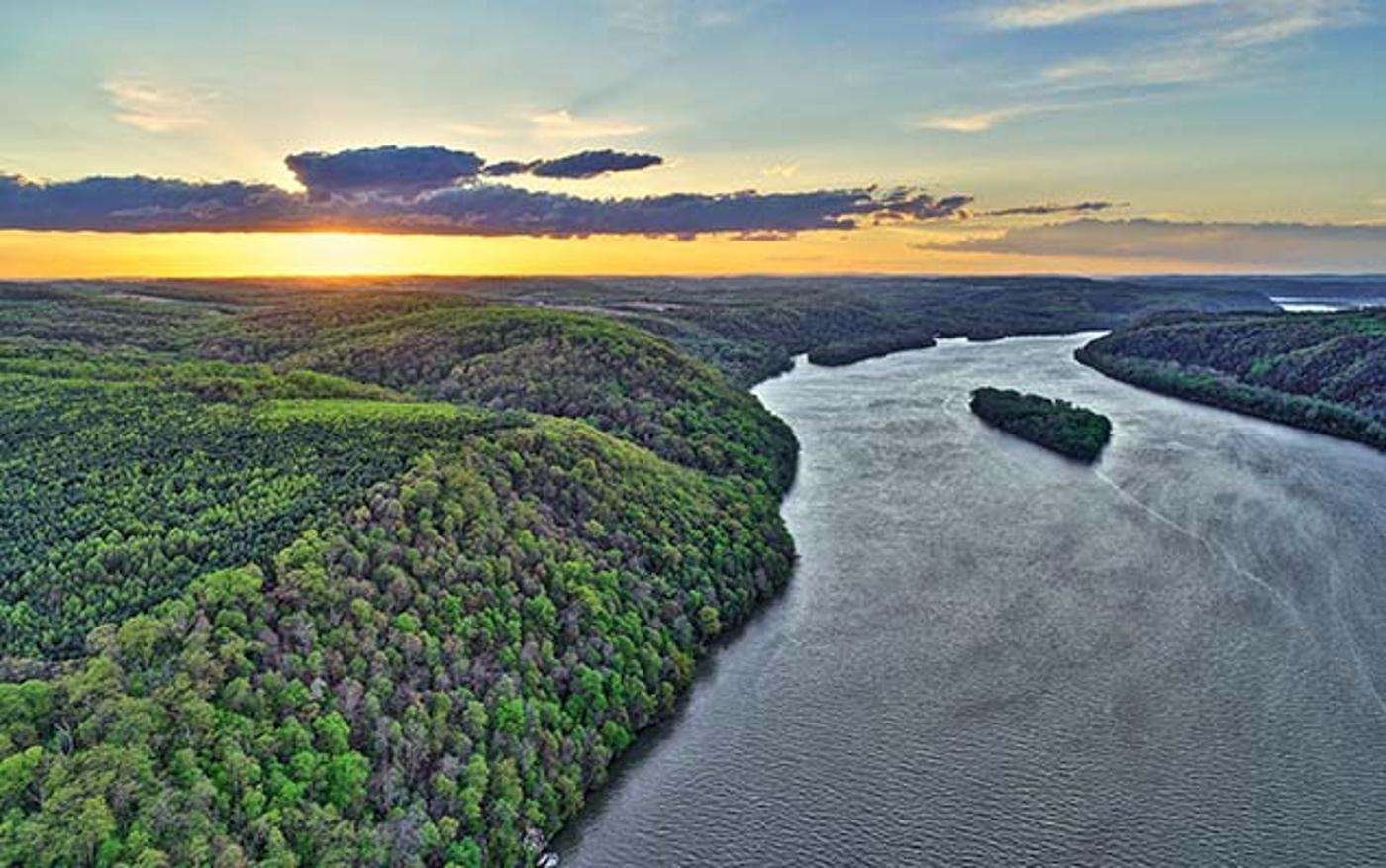
This data—along with satellite readings of how fast the Yukon River changes course and erodes—could help scientists discern that mercury levels are consistent with higher estimates from previous studies.
Knowing this will also help determine how mercury could find its way into local food and drinking water sources.
Taking a Closer Look

Because it is difficult to extract deep soil cores from permafrost for study, West and his colleagues are focusing on collecting data from riverbanks and sandbars to get the most accurate readings possible.
Rivers can erode sediment and deposit mercury-laden soil along sandbars. These readings can give scientists a better understanding of the dangers lurking in the permafrost and the rest of the world.
Far More Research Needs to Be Conducted
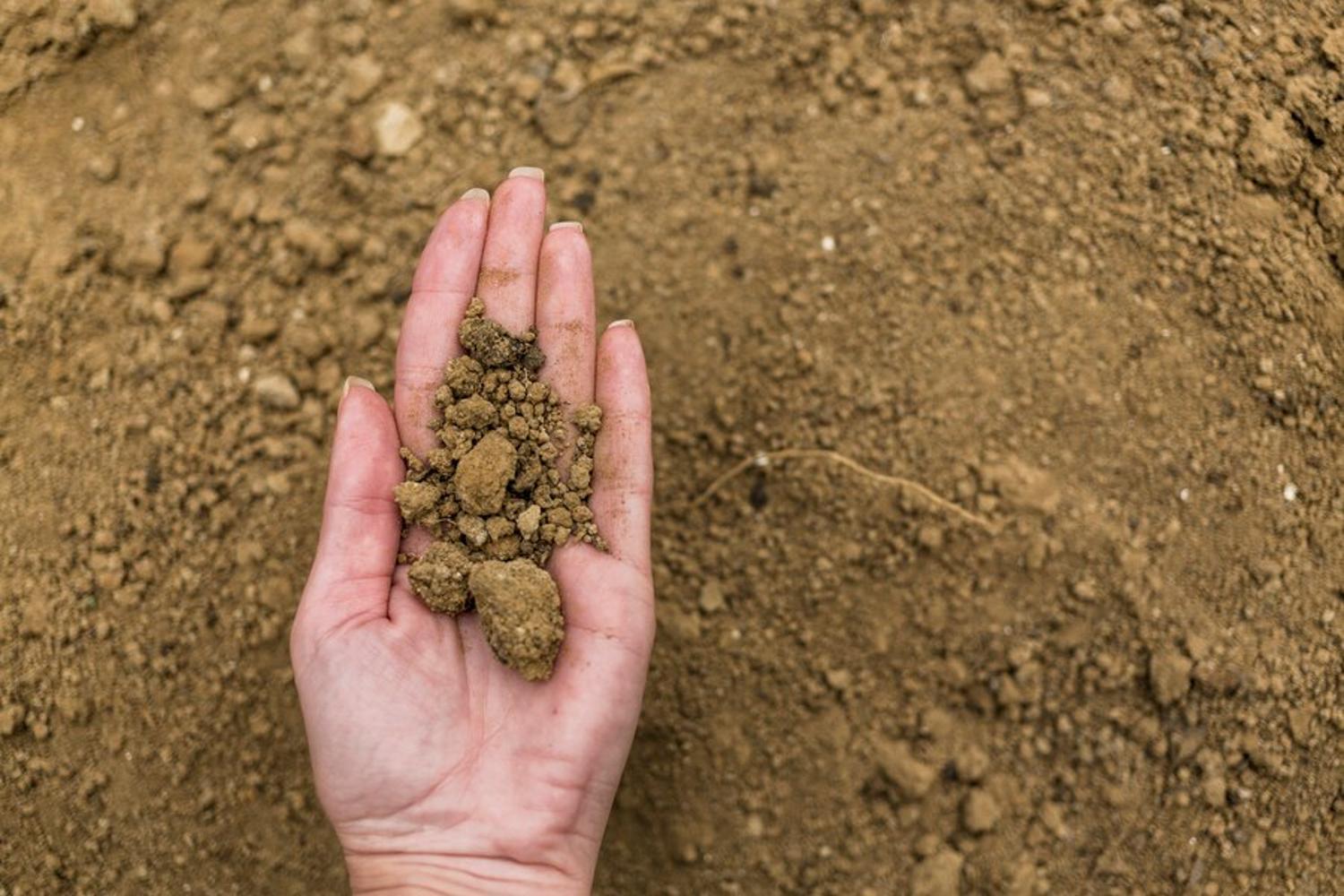
Although mercury testing has been around for some time, the critical aspect of this specific study is that the researchers used new and innovative technology to better understand exactly how much mercury was in the sediment, soil, water, and even animals within the Yukon River.
However, while the new readings are far more accurate than they once were, the scientists argue that they also need to expand their research to include the effects of erosion, the river’s patterns, and the changing ecosystem around it to fully grasp the effects of the ongoing mercury poisoning.
An Entire Ecosystem Could Collapse Very Soon
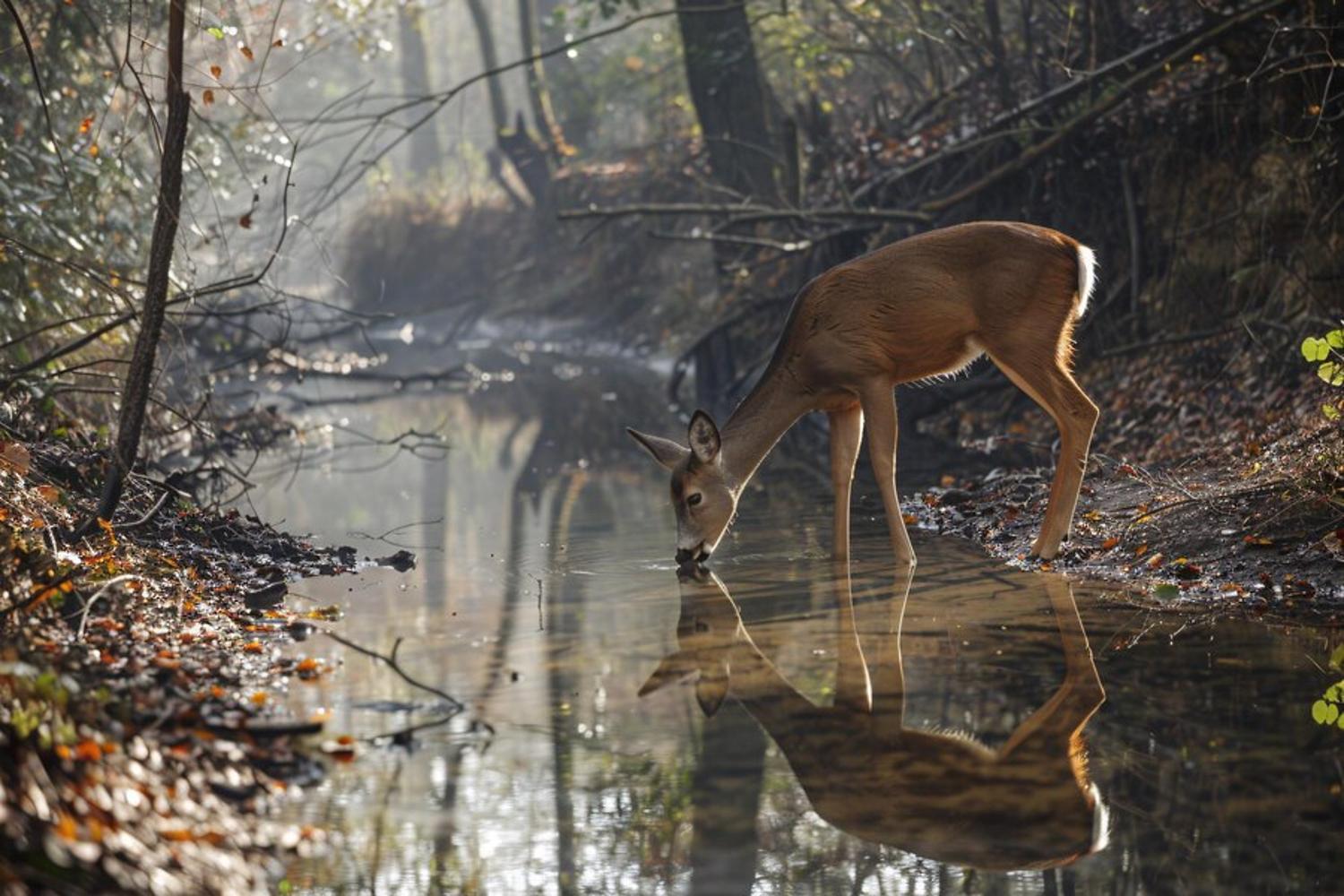
At this point, it’s widely understood that the melting Arctic will cause various problems for our planet, including rising sea levels, decreased biodiversity, changing ocean currents, and so much more.
But now, we have one more negative side effect to add to the list: as the Arctic continues to melt, more mercury will be released not just into the Yukon River but all over the world. This means entire ecosystems, including all plants and animals that live there, could die and collapse by 2050.
Taking All Factors into Consideration

“Taking into account all of these factors should give us a more accurate estimate of the total mercury that could be released as permafrost continues to melt over the next few decades,” said Isabel Smith, USC Dornsife doctoral candidate and lead author of the study, in a press statement.
Prolonged exposure over decades, particularly as mercury levels rise, could have a significant impact on both the environment and the health of residents in these areas.
Mercury’s Threat to Local Communities

For communities that rely heavily on fishing and hunting, the increase and lingering threat of mercury can accumulate in their food supply.
Currently, experts warn consumers against eating several types of fish due to concerning mercury levels that could lead to mercury poisoning.
The Dangers of Mercury Poisoning

Mercury poisoning occurs when a person is exposed to excessive amounts of mercury, a toxic heavy metal. Eating contaminated fish or shellfish can cause mercury poisoning, which triggers your body to immediately fight against it since it’s not meant to process the substance.
You may experience symptoms caused by your immune system trying to expel the compound in the same way it would attack bacteria or germs.
Mercury Levels and Organic Carbon Ratios in Sediment
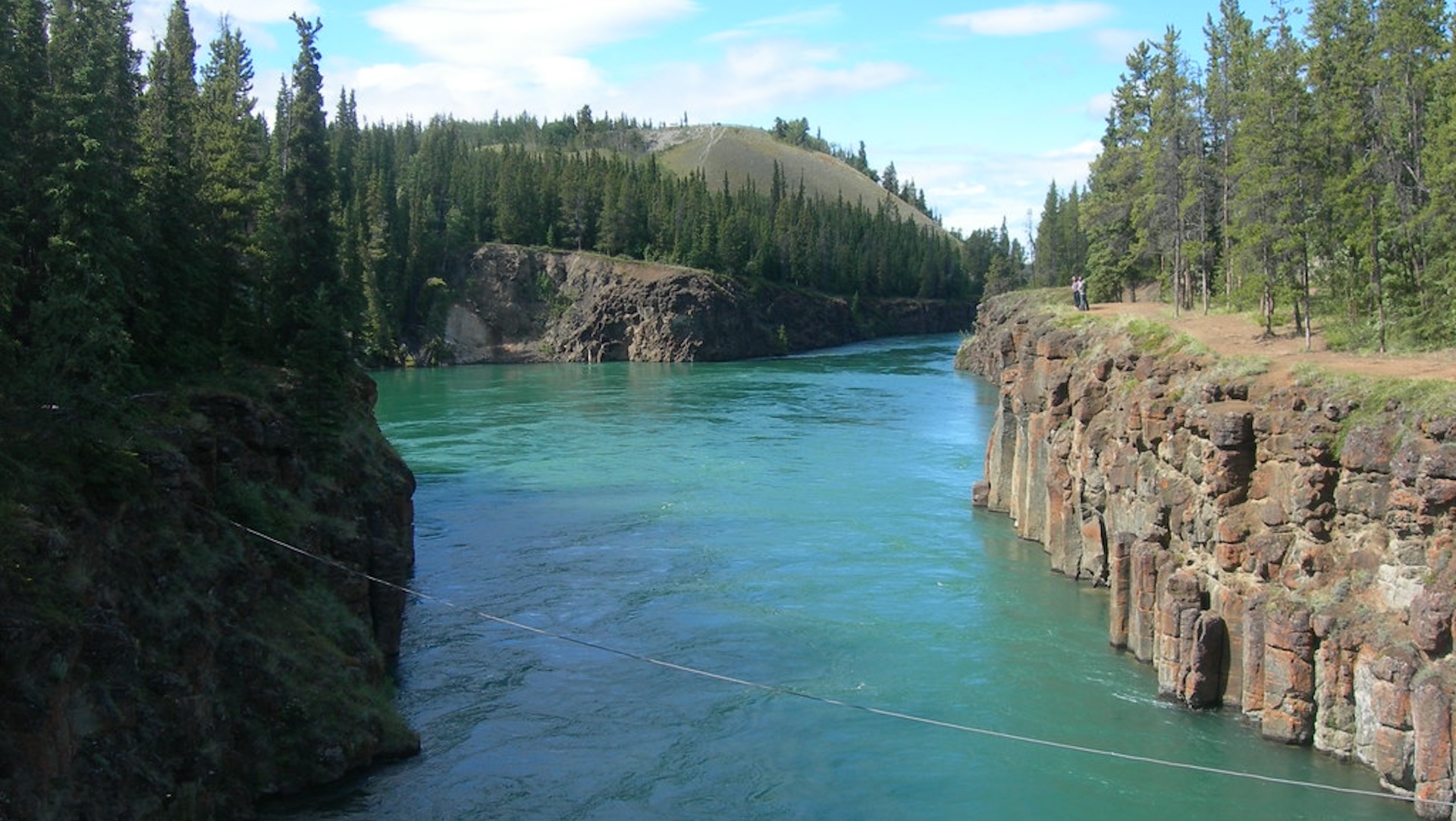
Jimmy Emerson, DVM/Flickr
Estimations show that the median total mercury (THg) levels in the sediment were 49 nanograms of THg per gram of sediment in Huslia and 39 nanograms per gram in Beaver, two rivers near the Yukon River.
The ratio of mercury to organic carbon in these sediments was 5.4 gigagrams of THg per petagram of carbon in Huslia. In Beaver, the ratio was 4.2 gigagrams per petagram.
The Environmental and Health Risks of a Melting Arctic

At this point, most people understand that the melting Arctic will cause various problems for our planet, including rising sea levels, decreased biodiversity, changing ocean currents, and more.
“Decades of exposure, especially with increasing levels as more mercury is released, could take a huge toll on the environment and the health of those living in these areas,” added Smith.








































